When selecting a mass spectrometer, it's crucial to consider the sample's physical and chemical properties, such as thermal stability, and the type of data required, whether nominal or accurate mass. The mass range of the sample will also influence your choice. The ionization method and mass analyzer are pivotal in determining the appropriate MS technique for your needs.
For instance, if you need a complete mass spectrum showing the molecular ion and fragment ions, a low resolution scan may suffice, with masses typically accurate to within a few tenths of a mass unit. However, for precise elemental composition, a high resolution mass spectrum is necessary, where the mass is determined to four decimal places, allowing for accurate elemental composition calculations.
If your analysis requires fragmentation for structural determination and the compound does not fragment in the mass spectrometer, MS/MS analysis methods are the go-to, commonly used for peptide sequencing. For isotopic labeling studies, an isotope ratio mass spectrum is essential to determine the amount of enrichment. When dealing with mixtures, techniques like GC/MS or LC/MS are beneficial as they provide a spectrum of each component as it elutes from the column.
The selection of the ionization technique is equally important, with each method offering its own advantages. The choice should be guided by the nature of the sample and the information required from the mass spectrum. For further guidance on selecting the appropriate ionization method, consulting with experts or referring to selection guides is advisable.
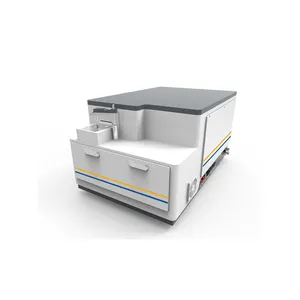





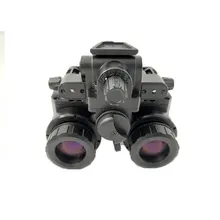


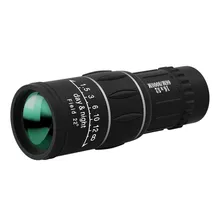
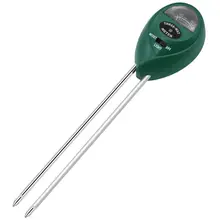
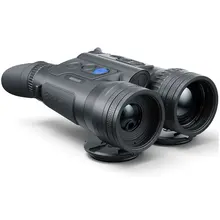
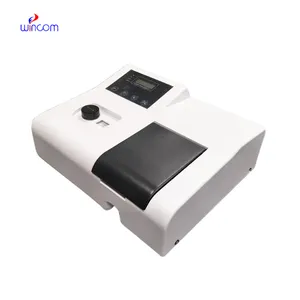

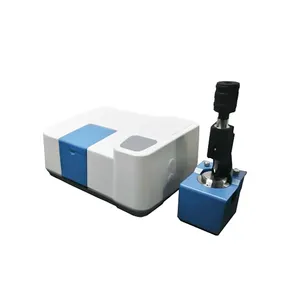
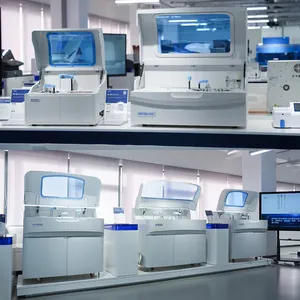

















 浙公网安备 33010002000092号
浙公网安备 33010002000092号 浙B2-20120091-4
浙B2-20120091-4